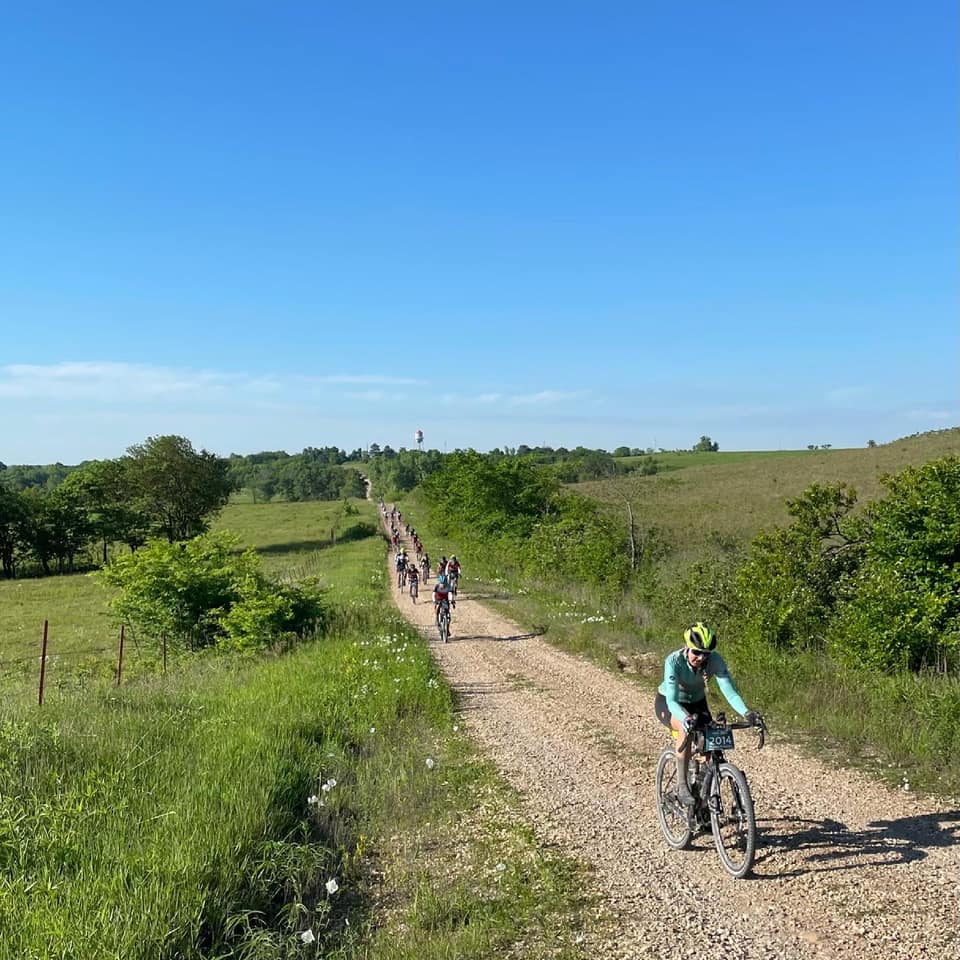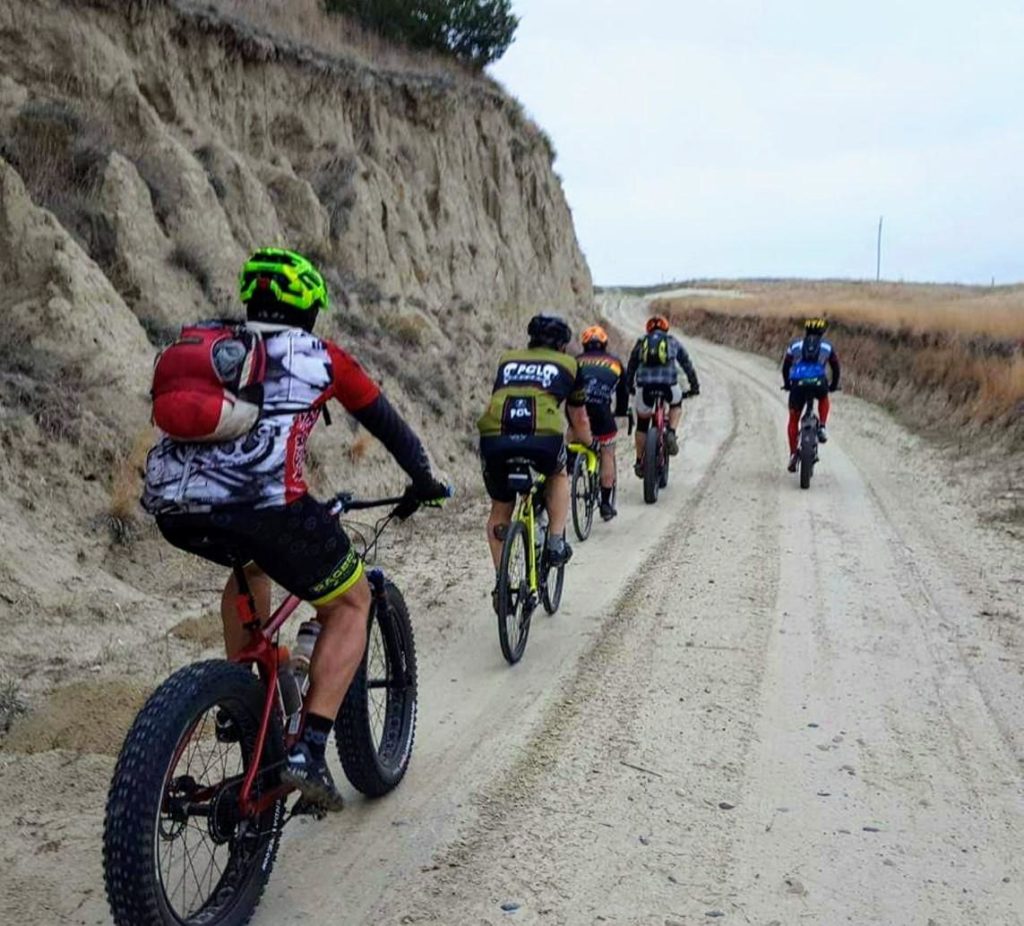It’s heat acclimation time! While many cyclists welcome it, the rest of us just have to adapt. I’m all for riding in the early morning and late evening, it’s great for getting in the miles and enjoying the day. I don’t have a choice about when to commute though, and that’s any time of the day. Also, most of the rides and races we want to participate in happen during the hot hours, and the heat reflected off the road surface ups the temperatures even more.

This past weekend saw Lincolnites racing at some big races in western Nebraska and Kansas. Velo news gives a nice re-cap of Unbound Gravel at https://www.velonews.com/gallery/gallery-an-in-depth-look-at-the-2021-unbound-gravel/?fbclid=IwAR1GNSxQd5akjFzZVqubWfdqL6hdmt44fTyJY9gCbbqEC81Q3r9Ew8twmnk Some people had to pull the plug because it was the first really hot race of the year. What can we do to stay safe and continue riding in the heat? There are many articles dealing with this on-line. Educate yourself and find out what works for you. Cyclists have an advantage in that we produce our own breeze, giving us more evaporative cooling. Everyone who’s had to stop at a traffic light during their ride knows this. Zippers can begin to open while stopped in any kind of weather. It’s been interesting to use the temperature-reading check-in kiosks at work this past year. I’ve been able to see the difference the wind-chill on my face has had in the ability of the sensors to take my temperature. In cold weather it was often too low to read and someone would manually have to get a reading from the back of my neck. In the summer after a hot ride it also tends to be low when I check in. Others, who have been sitting in their cars, sometimes have to sit to the side until their temperature drops. Sweat really works. Even though I may have already toweled down, I’m still sweating. When you acclimatize, the more fit you are, the lower your temperature when you start sweating. This cools your core more efficiently. You need to spend a lot of time in a hot environment to really get acclimatized, so all that time spent in air conditioning on your trainer is going to make it more difficult to achieve. Some experts say that if you are already fit, four hot sessions of 60-90 minutes, sweating profusely, will do it. If not so fit, then maybe eight sessions with a rest day between sessions. I found the information about this in the following article interesting. https://www.roadbikerider.com/how-to-ride-safely-in-the-summer-heat/

Many have figured out that sun sleeves don’t only lower your skin cancer risk, but also keep you cooler, especially if you wet them down like I did on last Saturday’s ride. It helps a lot. And that half-frozen bottle of water? It feels great, but some say it can cause blood vessels to constrict, slowing your body’s ability to cool, like applying too much ice can do. Find what works for you. I feel more refreshed when I drink cold drinks as opposed to hot ones in the heat, but traditional societies the world over insist on taking warm drinks to make you sweat more. I already sweat plenty, so I think I have that covered. I do have to make sure I recover the electrolytes, though, or I’ll get a headache eventually and may even start cramping in the hours after the race. It can be challenging to drink and even eat enough on long rides, so using a hydration pack has been great. I know I drink more with it. Unfortunately, your body’s efficiency at cooling itself starts to go down with age, so, fellow master’s category riders, sorry about that. For everyone though, find out what works for you and stay safe riding in the heat.
